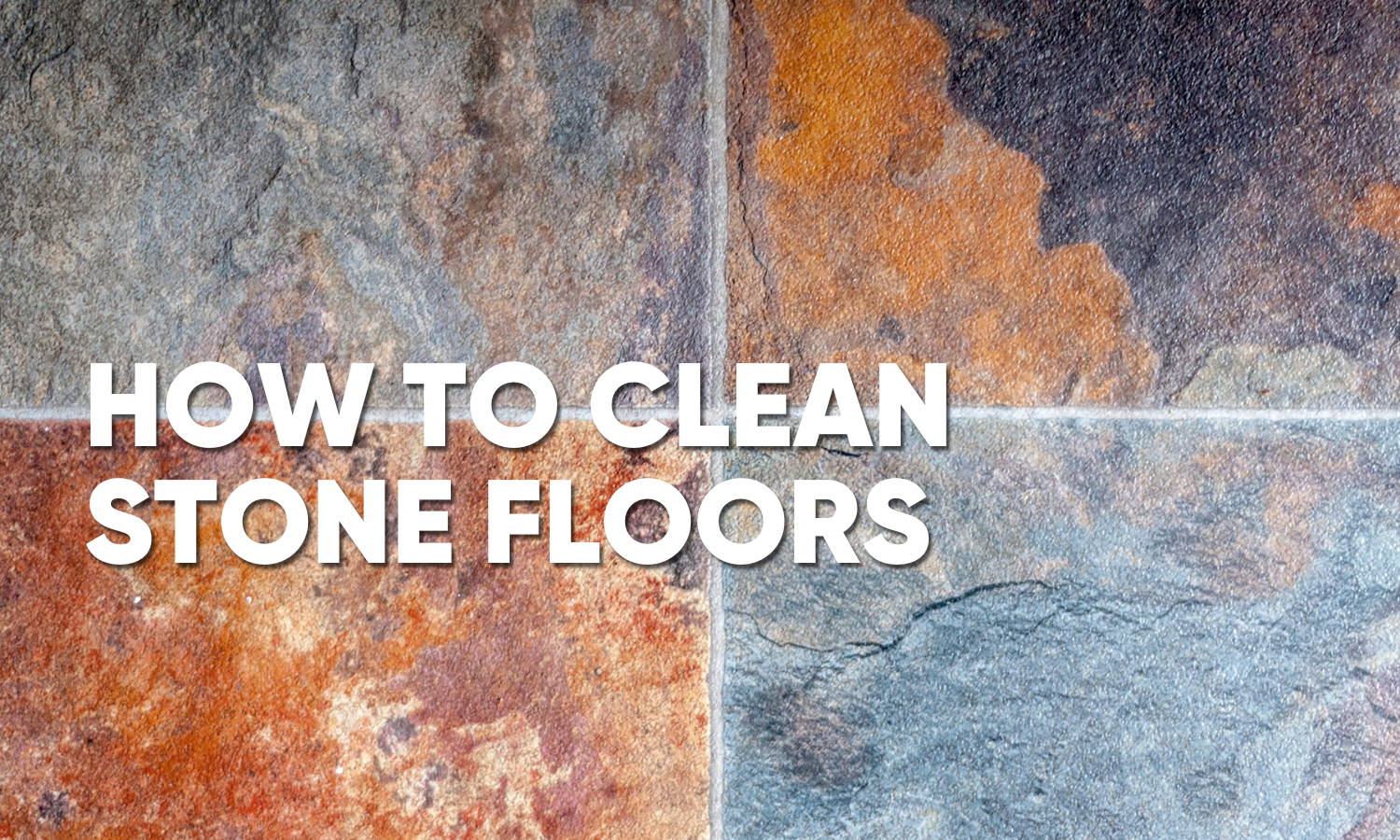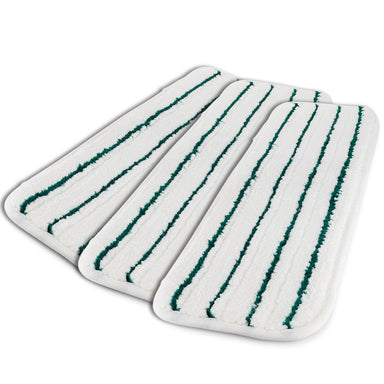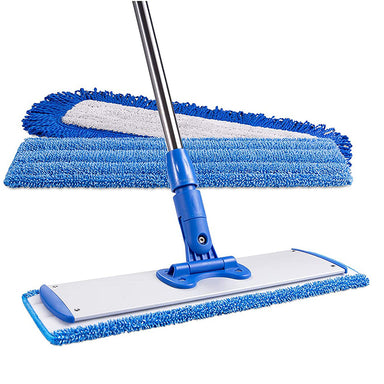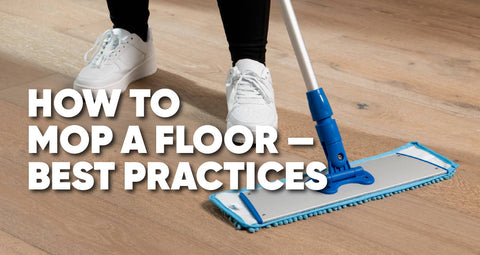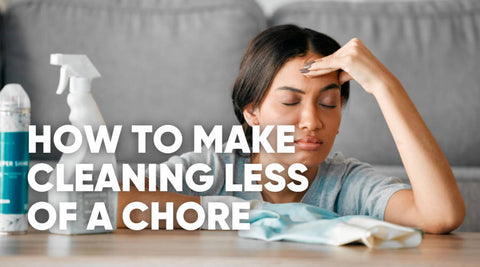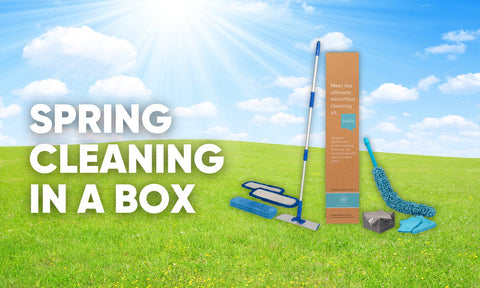Tile Lines and Crevices
Most stone flooring, unless it’s been honed, likely has dips and crevices in it where dirt will accumulate. If continually left untreated, no amount of mopping will remove it. This especially applies if you are cleaning stone tile floors, because debris gets caught in the grout lines. If this is the case, you will need a scrubber of some sort with a brush that will get into the crevices to get the embedded dirt out. The lil Chizzler is a great tool to use, since it is made of rubber it won’t scratch your flooring. If the stains and buildup is too much, the best way to clean natural stone tiles may be to contact an expert tile and grout cleaning person.
Protecting Natural Stone Flooring
Sealing is a very important way of making your natural stone floor last a lifetime. Natural stone floors are porous. This means they have holes, which makes them highly susceptible to spills, cooking oil, dirt and grime. This stuff will penetrate natural stone that hasn’t been sealed properly, causing stains and making it harder to clean and maintain. Sealers impregnate the stone, meaning they seal the holes so liquids and oils don’t penetrate the stone’s surface, but remain on top of the stone for easy cleaning. Cleaning products containing acid will break down the sealant over time making your floors porous again.
El limpiador más utilizado en los pisos es un detergente alcalino que se añade al agua de la mopa. A corto plazo, el agua jabonosa recoge parte de la suciedad dejando la baldosa con un aspecto limpio. Si se deja que el agua jabonosa se encharque y no se elimina por completo, el agua jabonosa sucia puede depositarse en las líneas de lechada o en los agujeros de la piedra porosa. Cuando el agua se evapora, la suciedad y el jabón permanecen. Como el jabón está en el lado alcalino de la escala de pH, cuando se seca deja un residuo ligeramente pegajoso. Esto, a su vez, hace que se adhiera más suciedad a la superficie. Esta acumulación, con el tiempo, hace que la lechada y la piedra se ensucien y puedan albergar bacterias. Además de resultar antiestética, la acumulación de bacterias puede producir olores.
Por eso, el mejor limpiador de pisos de piedra natural es el que tiene un nivel de PH neutro. Cuando busque productos para limpiar sus pisos, busque las palabras "neutro", "sin residuos" y "pH 7" en las etiquetas de los productos. Con un limpiador neutro sin residuos, no dejará ningún residuo ácido o alcalino que pueda dañar sus pisos. El jabón de fregar es un limpiador barato y la mayoría tiene un PH neutro (compruebe la etiqueta). A nosotros nos encanta utilizar el limpiador de pisos OdoBan No Rinse PH Neutro. También hay productos hechos exclusivamente para la piedra.
Why We Do it This Way
The products and methods we use are simple and safe, so you can learn how to clean natural stone floors effectively and efficiently. They are meant to work on all types of stone flooring including, marble, travertine, limestone, sandstone, slate, and granite. Try them out and start cleaning like a pro today!









